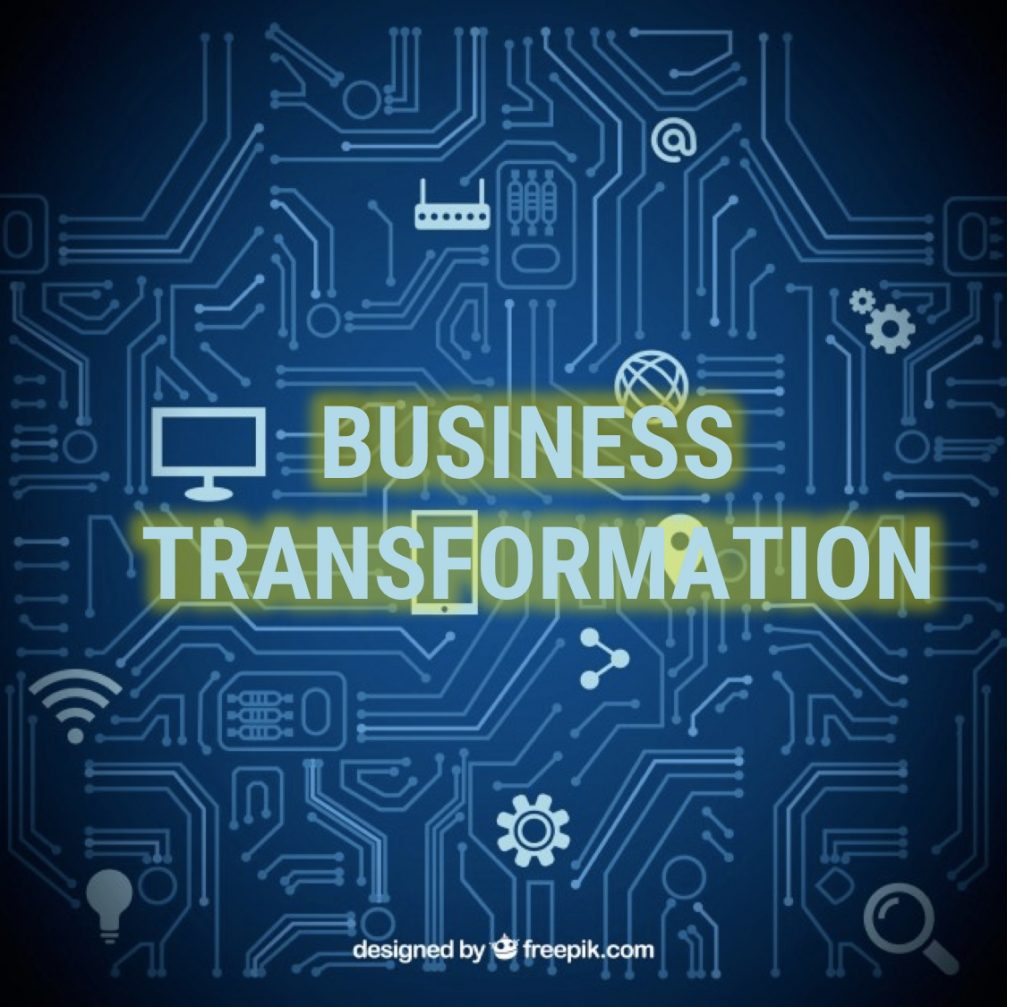The current times and those to come will see the role of leadership becoming more critical, complex and people driven.
With changing people dynamics, and technology making inroads into almost every aspect of our lives, the ways of working are also altering. While the undercurrent has been strong in the last few years, this year certainly beckons organisations, especially HR, to re-think their people practices to be able to stay agile and effective in these digital, fast-paced times. Here are a few inevitable transformations that workplaces are witnessing and the way forward considering the same.
New leadership styles
A new workforce is emerging across industries. With good generational and demographical mixes to gig workers and co-bots, the definition of workforce has also undergone change. The younger workforce of today is very demanding, but at the same time, able to deliver twice as much as the middle-aged conservative population of employees— currently in the age group of 45 and above. They are assertive and refuse to follow the diktat from the old school of thought that most of the old-time leaders believe in.
In line with that, the present times and the times to come will see the role of leadership becoming more critical, complex and people driven. Leaders will need to be more agile, adaptive, and people or team-oriented than ever. Gender diversity is another big challenge for leaders to deal with, especially in the manufacturing sector.
Sources such as WhatsApp, Twitter and other social media platforms ensure that information just doesn’t stay within the premise of the organisation but becomes public
Information security and access
Two decades ago, organisations and bosses could have an upper hand at people by keeping things discreet and limiting access to information. Organisations could then block e-mails, some websites, or even access to STD or ISD phone calls. However, with all the smart gadgets and the perennially inter-connected world we live in now, information spreads like wild fire, or even faster. Moreover, sources such as WhatsApp, Twitter and other social media platforms ensure that information just doesn’t stay within the premise of the organisation but becomes public.
This makes it difficult for organisations to manage critical information and the internal knowledge bank that could be leaked out to competition, despite putting in a number of control mechanisms to prevent pilferage. Organisations that are rather open and transparent, both with internal and external stakeholders, face lesser problems while it is the responsibility of the leaders to ensure smooth flow of information in the organisation.

The new generation of workers are assertive and refuse to follow the diktat from the old school of thought that most of the old-time leaders believe in.
Changes in the way of doing businesses
Organisations are increasingly looking at flatter and smaller setups, where more than the hierarchies and positions the overall culture and values are given importance. Transparency in all transactions is also increasing across levels in the digital age. Buyers are going to have more say than ever before, and we can’t move forward without stronger focus on customer-centric business strategy. Businesses are going to go unconventional by being more technology driven than process driven. Even the slightest of failures in delivery will not be acceptable in such fast-paced times, making it extremely challenging for businesses to sustain.
Skilled talent and knowledge sharing are going to be the key business drivers and how well HR leaders and organisations manage or leverage their people power will define their success or failure. Unlike the past, when people aspects were not seen as an important part of the business strategy, success in the new-age economy will be defined by how an organisation engages and utilises its human resources.
(The author is Sr. Vice President – HR & Admin at Birla Carbon.)



